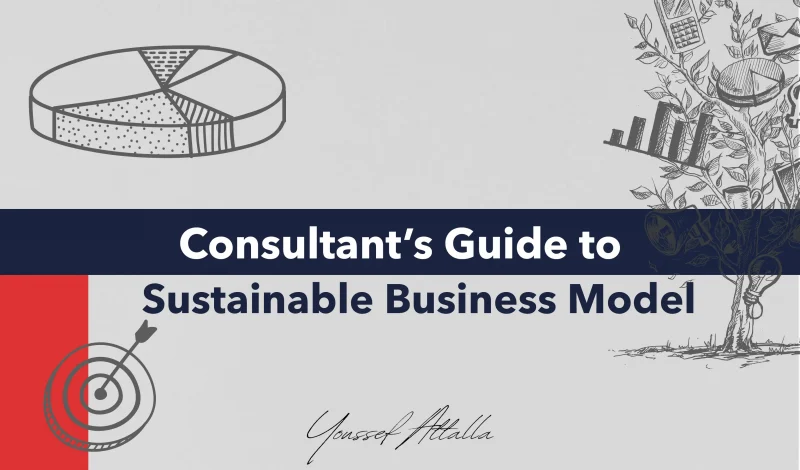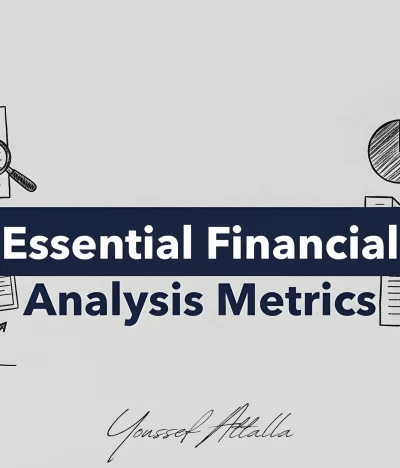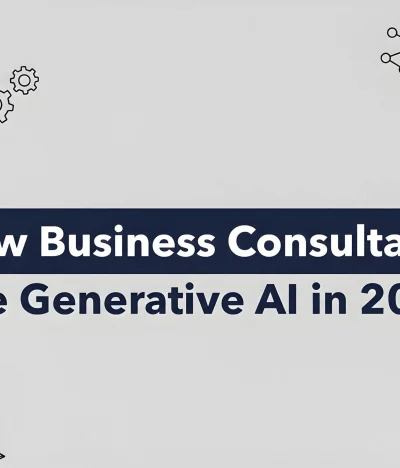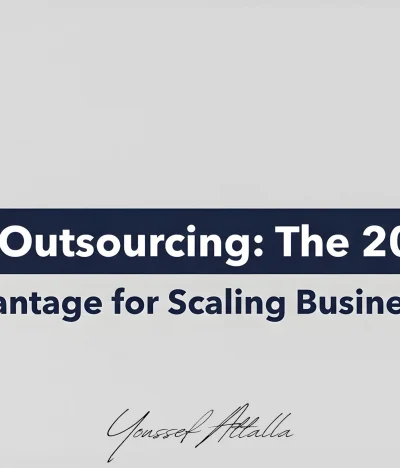In today’s fast-changing business environment, companies must adapt not only to survive but also to thrive. A sustainable business model goes beyond short-term profits; it ensures long-term resilience, scalability, and a positive impact on stakeholders.
Many leaders are realizing that sustainability is not just a trend—it’s a competitive necessity. Whether you are an entrepreneur or an executive, knowing how to design and implement such a model is essential.
This guide will walk you through what makes a business model sustainable, how the sustainable business model canvas can be a practical tool, and why working with a skilled business consultant can accelerate your journey.
What Is a Sustainable Business Model?
At its core, a sustainable business model integrates profitability with responsibility. It balances financial goals with environmental and social considerations, ensuring that growth today does not compromise opportunities tomorrow.
Unlike traditional models focused solely on revenue, a sustainable approach prioritizes efficiency, ethical practices, and adaptability.
A successful model considers:
- Economic resilience
- Environmental responsibility
- Social impact
- Long-term scalability
This comprehensive approach allows businesses to remain relevant and trusted in a world where customers, employees, and partners value purpose-driven organizations.
Why Businesses Need Sustainability in Their DNA
Modern consumers and investors are increasingly holding businesses accountable. Companies that adopt a sustainable business model often see:
- Enhanced brand reputation
- Increased customer loyalty
- Improved operational efficiency
- Reduced regulatory risks
- Greater access to capital
For entrepreneurs, the shift to sustainability is not optional—it’s a necessity. By adopting this mindset early, businesses create a foundation that attracts both loyal customers and top-tier talent.
Using the Sustainable Business Model Canvas
One of the most effective frameworks for visualizing and building your strategy is the sustainable business model canvas. It adapts the traditional business model canvas by including dimensions that account for social and environmental factors.
Key components include:
- Value Proposition – How your product or service benefits both customers and the environment.
- Customer Segments – Identifying audiences that value sustainable practices.
- Key Activities – Operations aligned with efficiency and responsibility.
- Key Resources – Sustainable supply chains, renewable inputs, and human capital.
- Key Partners – Collaborations with organizations that share sustainability values.
- Cost Structure – Investment in long-term efficiency, not short-term savings.
- Revenue Streams – Profit strategies that don’t compromise ethical practices.
- Environmental & Social Impact – Tracking and measuring the positive footprint.
By filling out this canvas, leaders can clearly see where sustainability strengthens or challenges their model.
The Role of a Business Consultant in Building Sustainability
Designing and implementing a sustainable business model can feel overwhelming. This is where a business consultant becomes invaluable. With experience across industries, consultants provide clarity, structure, and actionable strategies.
A consultant can:
- Analyze your current business model for sustainability gaps.
- Facilitate workshops using the sustainable business model canvas.
- Introduce best practices from global industries.
- Develop metrics to measure long-term impact.
- Guide leadership teams to align vision with sustainability goals.
Instead of trying to navigate this transformation alone, partnering with a consultant accelerates results and reduces costly mistakes.
Practical Steps to Start Today
Even without a complete overhaul, you can begin transitioning toward a sustainable business model with small but significant steps:
1. Audit Your Current Model
Examine every aspect of your operations. Where do inefficiencies lie? Where are resources being wasted?
2. Engage Stakeholders
Employees, customers, and suppliers should be part of the conversation. Their insights often highlight opportunities for sustainability.
3. Set Clear Metrics
Without measurable goals, sustainability becomes just a buzzword. Define KPIs like energy usage reduction, waste management, or customer retention.
4. Pilot Initiatives
Start with small-scale projects before expanding across the company. For example, switching to eco-friendly packaging or adopting digital-first processes.
5. Reassess Continuously
A sustainable business model is never static. Regular reviews ensure your practices remain aligned with market and societal expectations.
Common Mistakes to Avoid
- Focusing only on cost-cutting: True sustainability is about value creation, not just saving money.
- Greenwashing: Making empty claims without measurable impact damages credibility.
- Ignoring culture: Sustainability must be embedded in company culture, not treated as a separate project.
- Lack of expertise: Skipping professional guidance from a business consultant can result in slow progress or failure.
Conclusion: Building Sustainability with Expert Guidance
Creating a sustainable business model is not a one-time task—it’s an evolving journey. With tools like the sustainable business model canvas and the guidance of a skilled business consultant, companies can move confidently toward long-term success.
If you’re serious about transforming your business and embedding sustainability at its core, the perfect consultant to guide you is Youssef Attalla. With proven expertise in helping businesses thrive while staying resilient, Youssef bridges strategy with execution.
Contact us today to start building your sustainable future.





